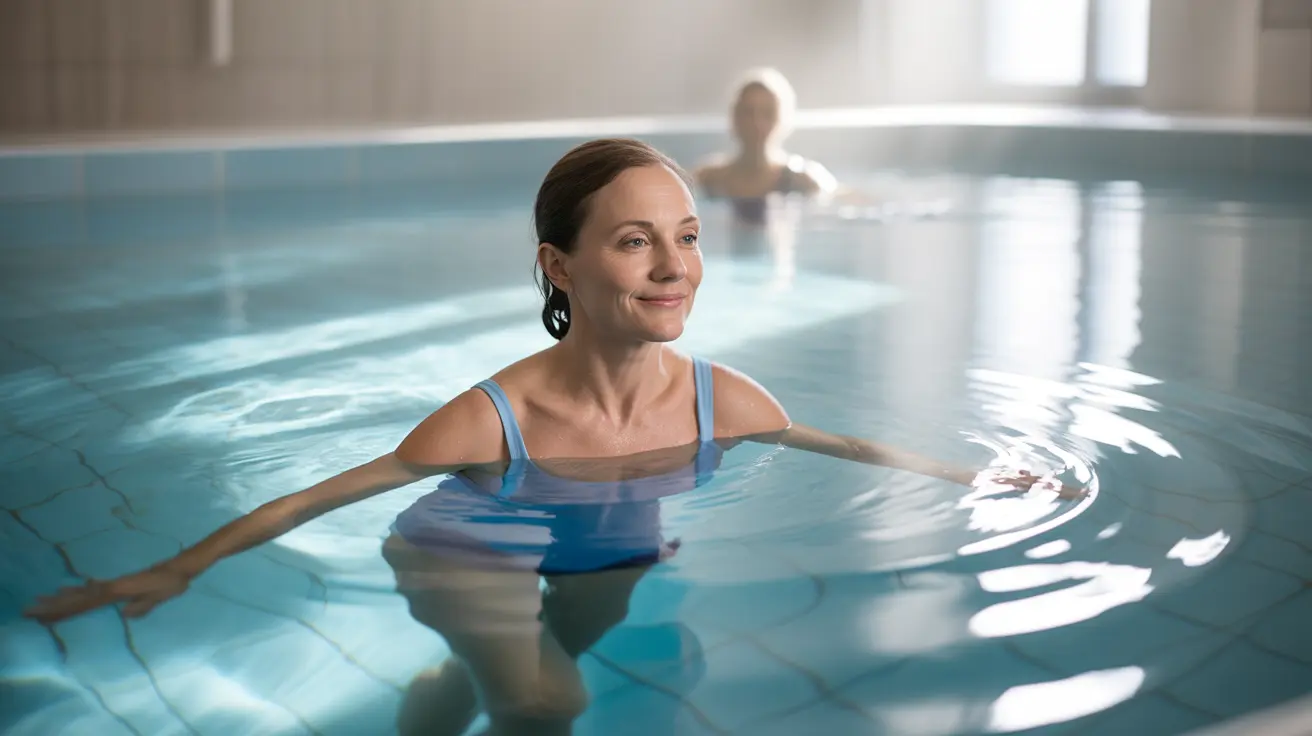Living with fibromyalgia presents unique challenges when it comes to staying physically active. While exercise is crucial for managing symptoms and improving overall health, finding the right approach requires careful consideration and planning. This comprehensive guide will help you understand how to incorporate physical exercise safely and effectively into your fibromyalgia management strategy.
Understanding the relationship between fibromyalgia and physical exercise is essential for developing a sustainable fitness routine that helps rather than hinders your condition. Let's explore evidence-based approaches to exercise that can help reduce pain, improve mobility, and enhance your quality of life.
Getting Started with Exercise for Fibromyalgia
Beginning an exercise routine with fibromyalgia requires a thoughtful, gradual approach. Start with gentle movements and slowly build up your activity level over time. Here are key principles to follow:
- Start with 5-10 minutes of activity
- Choose low-impact exercises initially
- Listen to your body and rest when needed
- Focus on consistency rather than intensity
- Track your symptoms and adjust accordingly
Water-Based Exercises: A Gentle Starting Point
Aquatic exercises offer numerous benefits for people with fibromyalgia, as the water's buoyancy reduces stress on joints and muscles while providing natural resistance. Consider these water-based activities:
- Water walking
- Gentle swimming
- Aqua aerobics
- Pool-based stretching
- Hydro therapy exercises
The warm water typically used in therapy pools can help relax muscles and reduce pain, making it easier to move and exercise effectively.
Strength Training and Gentle Movement Practices
Incorporating gentle strength training and mindful movement practices can help build muscle strength and improve flexibility without overwhelming your system. These activities should be approached gradually:
Strength Training Basics
Focus on using light weights or resistance bands, starting with 1-2 sets of 8-10 repetitions. Target major muscle groups while maintaining proper form:
- Body weight exercises
- Resistance band work
- Light dumbbell exercises
- Seated strength exercises
Mindful Movement Activities
Gentle, mindful practices can help improve balance, flexibility, and body awareness while managing pain:
- Yoga (particularly gentle or restorative styles)
- Tai Chi
- Gentle stretching
- Modified Pilates
Managing Exercise During Flare-Ups
During symptom flares, it's important to modify your activity level without completely stopping. Consider these strategies:
- Reduce exercise duration and intensity
- Focus on gentle stretching
- Practice seated exercises
- Incorporate more rest periods
- Use relaxation techniques between movements
Frequently Asked Questions
What types of physical exercise are safest and most effective for managing fibromyalgia symptoms? Low-impact activities such as swimming, walking, and gentle yoga are among the safest and most effective exercises. These activities help maintain fitness while minimizing stress on joints and muscles.
How should I start and gradually increase exercise if I have fibromyalgia to avoid flare-ups? Begin with 5-10 minutes of gentle activity daily, gradually increasing duration by 1-2 minutes each week. Monitor your symptoms and only progress when you can consistently complete current activities without increased pain.
Can water-based exercises like swimming and aqua therapy help reduce fibromyalgia pain? Yes, water-based exercises are particularly beneficial for fibromyalgia patients. The water's buoyancy supports joints while providing gentle resistance, and warm water can help relax muscles and reduce pain.
What are the benefits of strength training and gentle activities like yoga or tai chi for fibromyalgia? These activities help improve muscle strength, flexibility, and balance while promoting relaxation and body awareness. They can also help reduce pain and fatigue when practiced consistently at appropriate intensity levels.
How can I modify my exercise routine during fibromyalgia symptom flare-ups to stay active safely? During flare-ups, reduce exercise intensity and duration, focus on gentle movements, and incorporate more rest periods. Consider seated exercises and stretching as alternatives to maintain some level of activity.
Remember that every person with fibromyalgia responds differently to exercise. Work with your healthcare provider to develop a personalized exercise plan that takes into account your specific symptoms and limitations.




